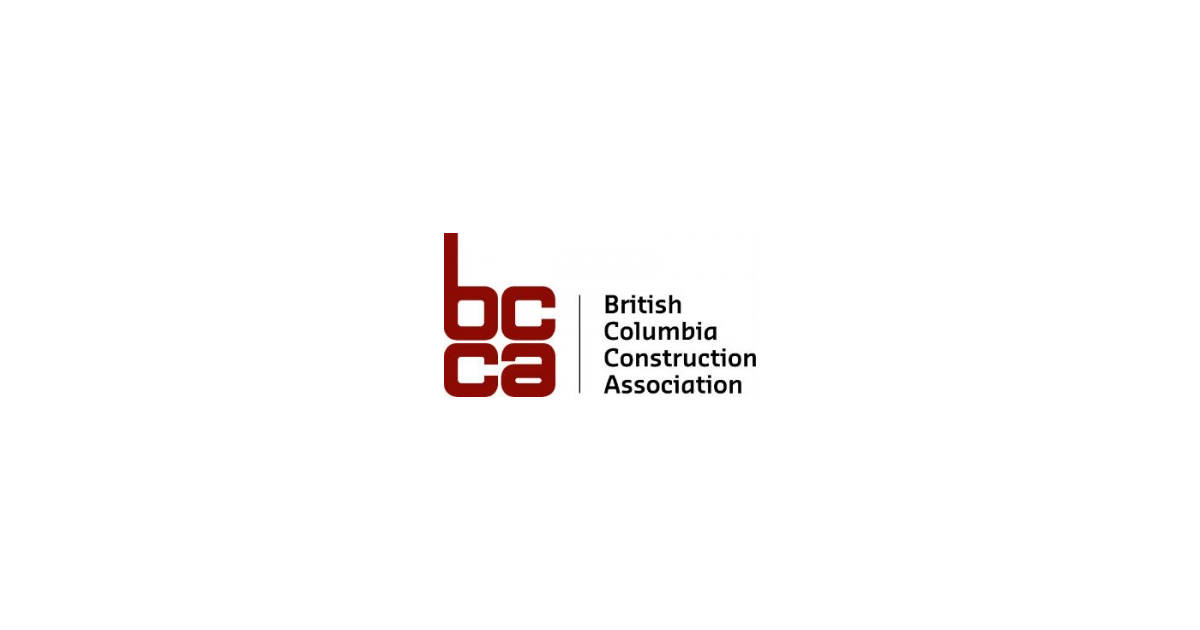The “Non-Energy Benefits” of Connected Lighting
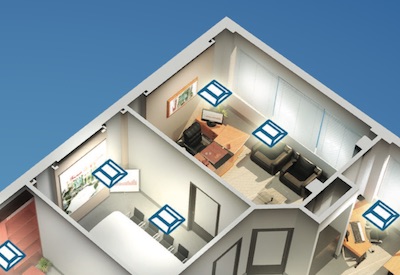
Jan 7, 2019
Steve Mesh
Lighting controls save energy, don’t they? Yes, they do. That’s why many electric utility companies incentivize people for installing them and, in some cases, they also incentivize manufacturers for making them. Any time a control device switches off or dims a light, it reduces energy use. Saving energy (and therefore money!) is a great reason to install lighting control devices or systems. Isn’t it? Sure it is.
There has been a rapid expansion of incentive offerings for networked lighting control systems (NLCs) among utilities throughout the country. They know that NLCs are the “next best thing” to hit the market. As incentives for older technology (such as CFL lamps and wallbox occupancy sensors) are starting to go away, the utilities want new arrows in their quiver. NLCs represent a major new opportunity in this regard.
Ironically, lighting power densities (LPDs) are rapidly decreasing and, as a result, the opportunities for saving energy are diminishing. Some industry experts have recently called for an end to energy codes altogether for this reason. So as the financial argument for deploying lighting control devices or networked lighting control systems changes, what else can justify the use of this equipment? Answer: non-energy benefits.
NLCs are essentially computer networks that just so happen to control light fixtures. Since these networks are digital, it means they are designed with the express intention of transmitting data. Fundamentally, these systems must transmit native commands telling light fixtures to turn on, dim or turn off based on schedules, or based on input from occupancy sensors, photosensors or switches. Increasingly, however, NLCs are designed with the expectation that data from light fixtures, sensors and switches will be shared. Many systems now have options for interfacing with other building systems using BACnet protocol (and others). Additionally, the advent of true IoT architecture means that NLC systems will increasingly be able to interface with — theoretically — anything.
What kinds of non-energy benefits are either currently offered or are in the works?
1. Asset tracking. Some systems enable you to determine where specific pieces of equipment (or even people) are within a facility. For example, some hospitals now equip things like wheelchairs or even crash carts with a discoverable “tag”. This type of system allows staff to immediately locate items that may be critically needed. One hospital actually gives doctors as well as patients similar tags. Their policy is that an exam cannot commence until three things are present in the appropriate exam room: 1) doctor, 2) patient, 3) required diagnostic or other equipment. That policy helps to reduce wasted time, and remember, time actually equals money. These systems may use protocols such as Bluetooth or Bluetooth Low Energy (BLE) to discover the tags. Even if the NLC doesn’t use Bluetooth protocol to communicate with the light fixtures, sensors and switches, the Bluetooth technology may piggyback on the fixtures. After all, light fixtures always have some source of power, needed to run the Bluetooth network as well. And light fixtures are in every space in every building. So it’s a great match.
2. Indoor positioning. How do you find the route to your destination when you’re driving? These days, typically by using a GPS. More accurately, GPS is the Global Positioning System. Your car (or phone for that matter) is really a GPS receiver that takes signals from a handful of satellites to triangulate your position anywhere on the planet. What if this kind of triangulation could be deployed indoors? It can. The ubiquity of light fixtures throughout every space insures that the lighting system is the perfect vehicle for creating the means to provide this triangulation indoors. This might be useful in a large space such as a warehouse, big-box retail store, or distribution centre. This functionality might also be piggybacked by adding appropriate circuitry or equipment into light fixtures and/or NLCs to provide this function.
3. Diagnostics and reporting/alerting. Many NLCs currently on the market have diagnostic and reporting/alerting functions. Diagnostics are typically ongoing. For example, standalone ceiling-mounted occupancy sensors used in a wireless control system are usually battery-powered. Instead of waiting for the battery to die, rendering the functionality of the sensor useless, some systems continuously monitor the signal from the sensor, which can then alert maintenance staff when battery output is very low. At that point, they can head directly to the sensor in question and change the battery, avoiding downtime for that sensor, which might potentially increase light levels, load, and electricity use. The same type of ongoing diagnostics and reporting/alerting also happens for light fixtures and other devices used by the system. In an outdoor lighting system, monitoring and reporting on malfunctioning fixtures has the added benefit of adding to the safety of drivers and/or pedestrians by allowing maintenance staff to quickly locate the equipment in question and repair or replace it.
4. Conference room scheduling. If a scheduling system can interface with a lighting control system, light fixtures and occupancy sensors can help staff to know when a conference room is free, or alert people already in the room that another group is coming in soon. For example, the scheduling software can send instructions to turn the lights on in the room a few minutes before the scheduled use. It might also send instructions to lower shades (if needed for a/v reasons), or even to change the temperature setpoint on the HVAC system, then revert the shades and/or HVAC system back after that group leaves. It might also blink or dim light fixtures five minutes prior to the next group coming in as a reminder that they must vacate the room shortly. This is getting into the realm of IoT, where diverse building systems must be able to interface — either with each other or even with non-building systems (e.g., with a software-based company-wide scheduling system that isn’t typically designed to “talk” with building systems).
5. Integration with HVAC/BMS/ other systems. As mentioned, NLCs are increasingly being offered with options to talk BACnet (or other protocols) so they can interface with other building controls. That might be an HVAC system (for example, so both the HVAC and lighting systems can use the input from only one occupancy sensor). It might be a more comprehensive BMS. Another option being offered by some NLCs is the ability to interface with an “Automated Demand Response” (ADR) server. In at least one currently available NLC system, other equipment on site talks with the ADR server, which is usually run by a third party and is off site. That on-site equipment then connects via low-voltage wires to the NLC, sending a simple signal that basically says, “There is now a demand response event. Change all lighting to levels as pre-programmed for the DR event.” In other systems, all that’s needed is to enter the URL for the ADR server. The functionality is the same. In certain locations, there are code requirements to use equipment with provisions to enable at least a 15% reduction in lighting power — automatically — based on the signal from the ADR server. This may sound like a complicated thing to do, but it’s not. It’s actually a very simple process and can help to save a substantial amount of energy (and therefore money!). It’s doubtful that anyone would be able to perceive a 15% reduction in light levels anyway. Typically fixtures must be dimmed by at least 20-30% before the average person can even perceive the reduction. So, even if your utility doesn’t offer a financial incentive for tying into an ADR server for your area, it may still pay by reducing lighting loads during times of peak demand. In most commercial and industrial buildings, evening out the load profile is typically a way to save energy and money even if you’re not participating in a utility DR incentive program.
This article was first published at lightingcontrolsassociation.org/2018/10/18/steve-mesh-describes-the-non-energy-benefits-of-connected-lighting/
Steven Mesh is an award-winning lighting designer who has designed lighting and control systems for a variety of project types (commercial, museums, schools, residential, restaurants, retail, historic, healthcare, etc.). As an educator, he has taught classes and given presentations about lighting and controls across North America and internationally. One of his is developing lighting and lighting controls courses that rely on hands-on and/or interactive content. He has been a repeat speaker at LightFair for eight years.



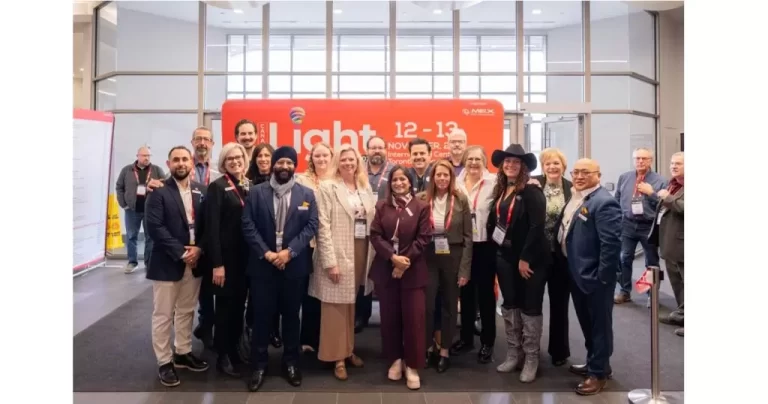
![Guide to the Canadian Electrical Code, Part 1[i] – A Road Map: Section 52 — Diagnostic imaging installations](https://electricalindustry.ca/wp-content/uploads/2022/11/Guide-CE-Code-2-768x432.png)

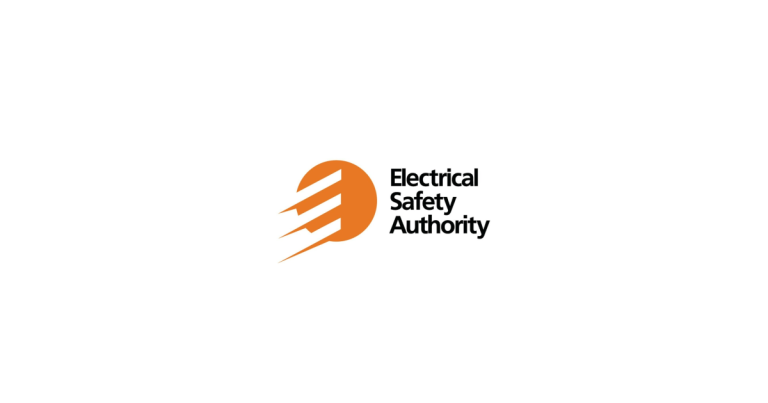
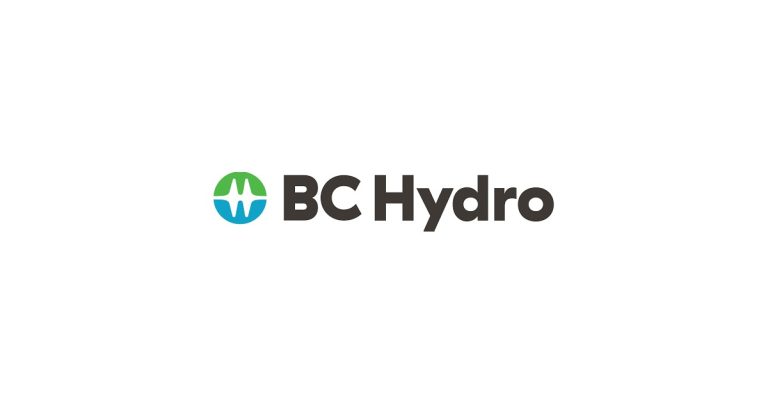
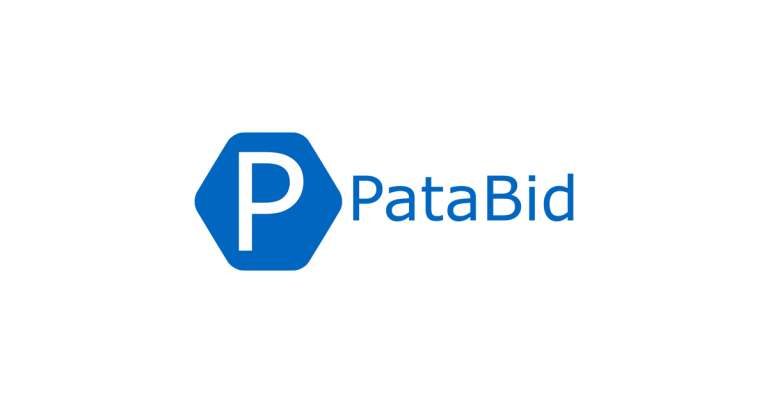
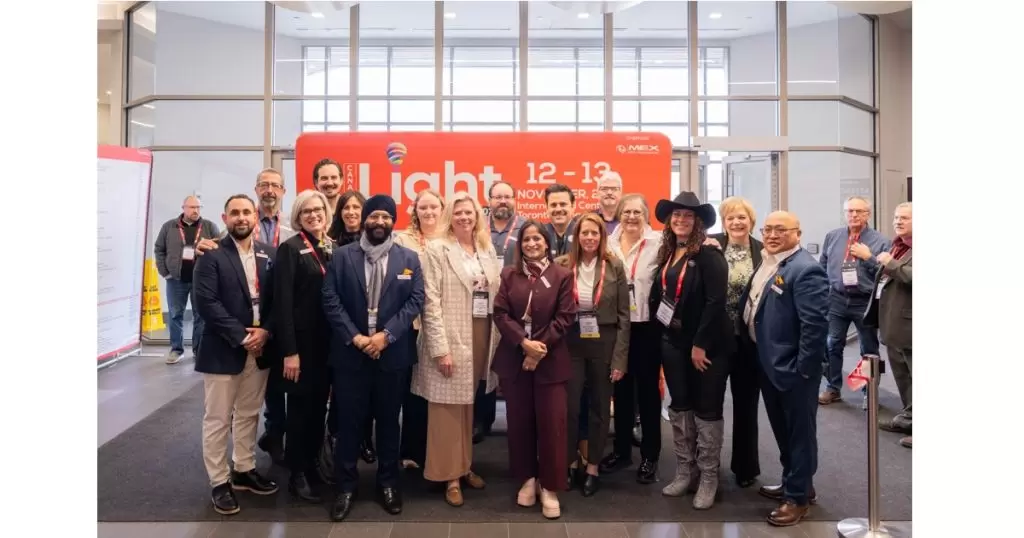
![Guide to the Canadian Electrical Code, Part 1[i] – A Road Map: Section 52 — Diagnostic imaging installations](https://electricalindustry.ca/wp-content/uploads/2022/11/Guide-CE-Code-2.png)





